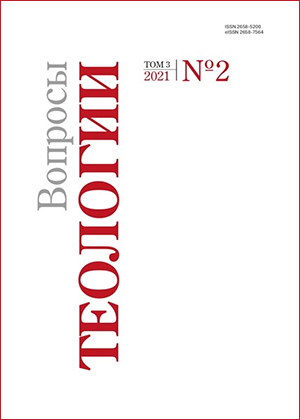Liturgical theology of psalm 120 (121)
DOI:
https://doi.org/10.21638/spbu28.2021.203Abstract
The Songs of Ascents (Psalms 120–134) can be understood as the songs of the pilgrims, historically associated with Sion and symbolically with man’s journey along the road of life. Included in this collection psalm 120 (121) is rather short and does not contain references to historical events of the past. This is why probably it was left without attention in Russian biblical studies. In foreign studies, this poem is often interpreted as a private song of a pilgrim leaving his home, written in the form of a dialogue between father and son (Bob Becking, Arthur Weiser, Klaus Seibold). Following Sigmund Mouvenkel, Hans-Joachim Kraus and Marina Manatti, the author of this article suggests a liturgical approach to the analysis of the psalm 120 (121). The poem contains a rhetorical question from a pilgrim (v. 1), a priest’s answer (v. 2) and words of consolation (v. 3–8). The theology of the psalm focuses the reader’s attention on the role of YHWH, who in relation to man is not only the creator, but also the helper, guardian, stronghold and cover. The peculiarities of the “liturgical theology” of this hymn, according to the author, show that in the present form, psalm 120 is adapted for liturgical performance. Consequently, the psalm was primarily performed in the Jerusalem temple by priests or Levites, and afterwards, it was sung by ordinary Israelites on their way back home.
Keywords:
Bible, Psalms, Psalm 120 (121), exegesis, biblical theology, liturgical theology
Downloads
References
References
Downloads
Published
Issue
Section
License
Articles of "Issues of Theology" are open access distributed under the terms of the License Agreement with Saint Petersburg State University, which permits to the authors unrestricted distribution and self-archiving free of charge.




